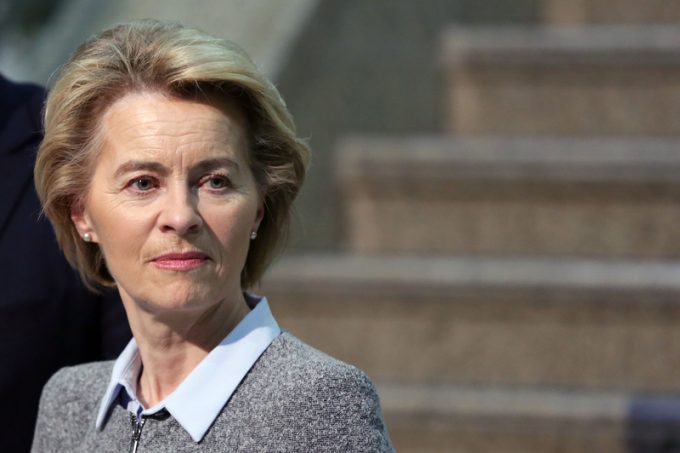CMA CGM South Korean staff strike over bonuses after bumper 2024 profit
CMA CGM’s employees in its South Korea office have gone on strike for increments and ...

�
In what appears to be a first tolling of the death knell for methane-laden LNG, the EU and US-led initiative to cut methane emissions has driven ...

Comment on this article